|
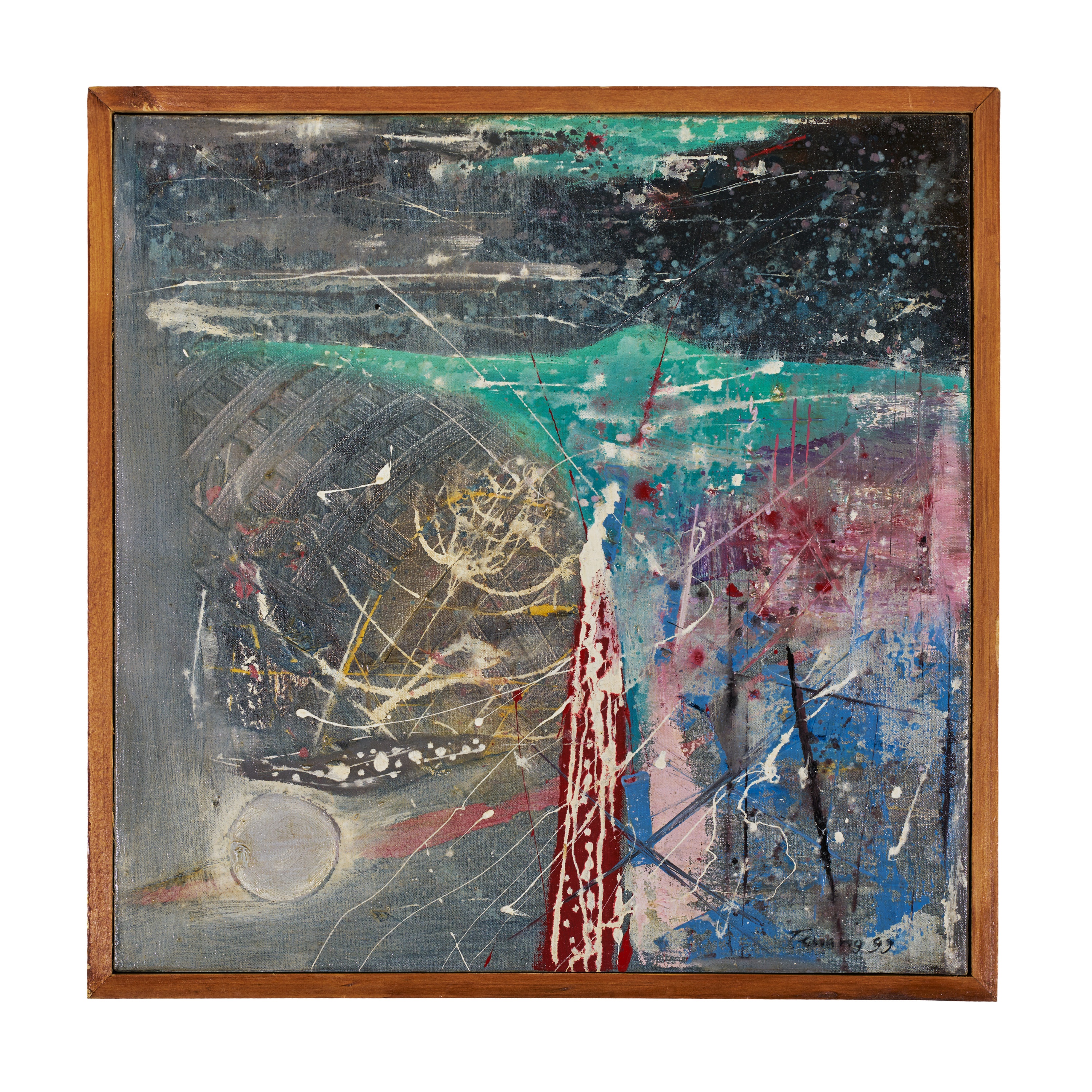
|
I KETUT TENANG
Born in 1969, Denpasar, Bali, Ketut Tenang has been known through figurative paintings on the theme of women. It appears to contain a repetitive pattern in his works. “Repetition is like a mantra, which is repeated and will bring peace of heart," he said. Tenang also uses abstract as a visual language through some of his works. If the figurative makes it more orderly, precise, and certain about the end result, then through abstract Tenang gets unlimited exploration space and momentum to find the "right".
|
|
|
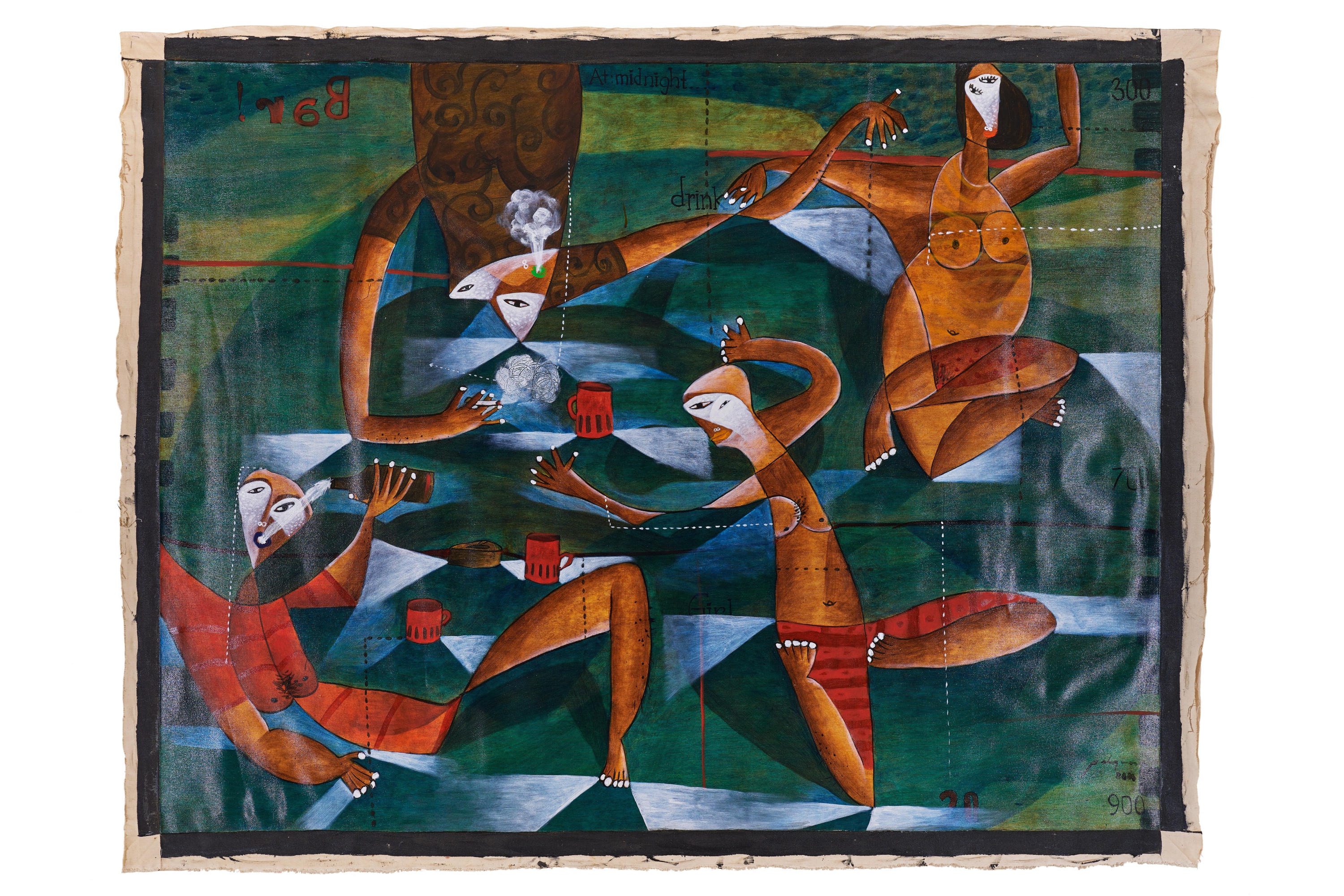
|
I MADE ARYA PALGUNA
Born in 1976, Ubud, Gianyar, Bali, I Made Arya Palguna is a versatile artist, his distinctive style appears in his paintings, sculptures, other three-dimensional objects, installation art, and even performance art and murals. Palguna‘s work visually appeared with a light and simple image, however actually kept a high complexity, presenting the artist's intelligence in expressing a complicated sense of his presence back in his native land with visual language that seemed harmonious. then through abstract Tenang gets unlimited exploration space and momentum to find the "right".
|
|
|
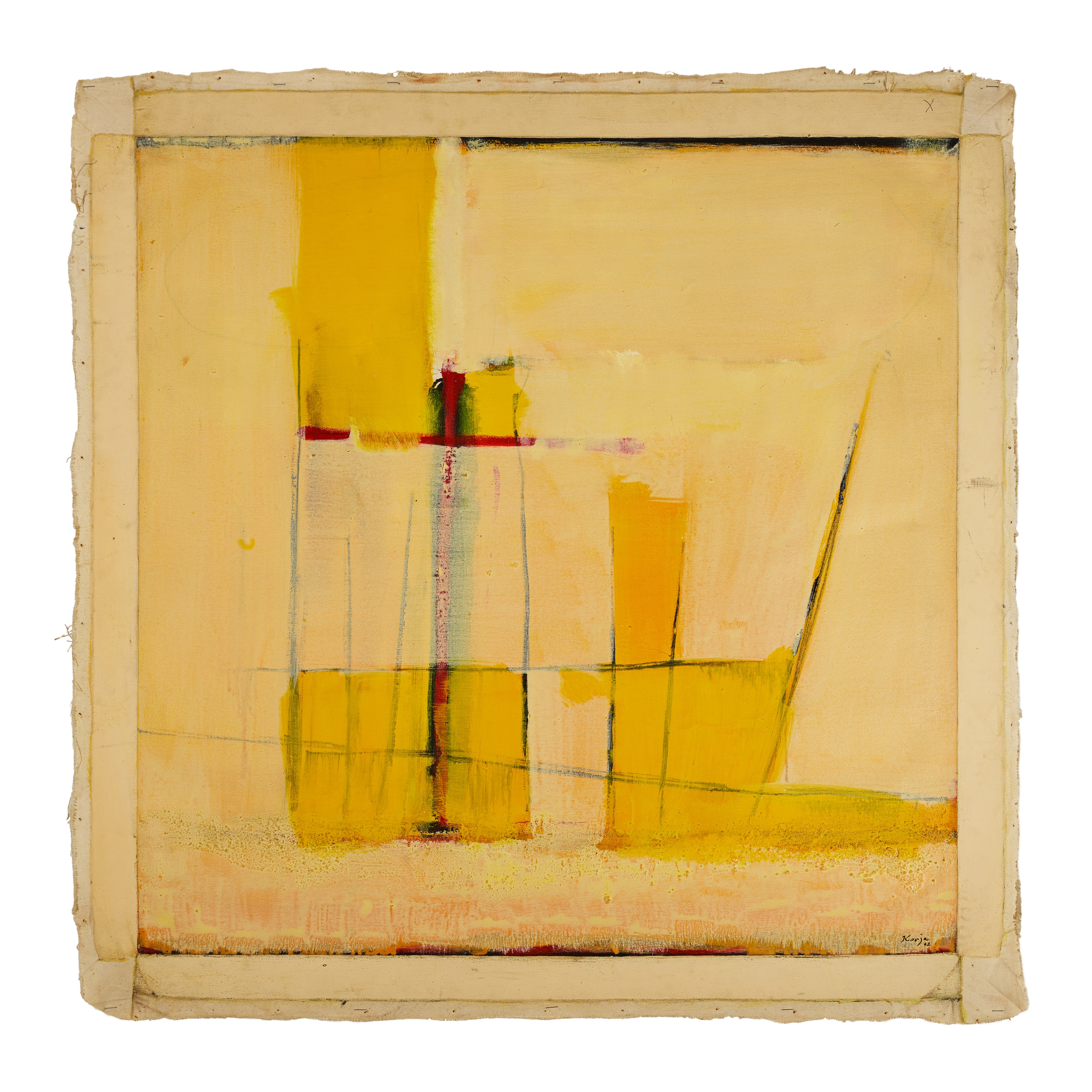
|
I WAYAN KARJA
Born in 1965, Penestanan Kaja, Ubud, I Wayan Karja’s motivation for his painting originated from his love of the tropical foliage around him, the lush jungle vegetation and flowers. Karja incorporates impressionistic and modern techniques with the neo-traditional "Ubud Style” in his work. He sees his work as a collaboration between Balinese and Western cultures, in breadth and depth. Karjia holds a MFA from the University of South Florida, USA and is currently completing a doctorate program at Hindu University of Indonesia Denpasar.
|
|
|
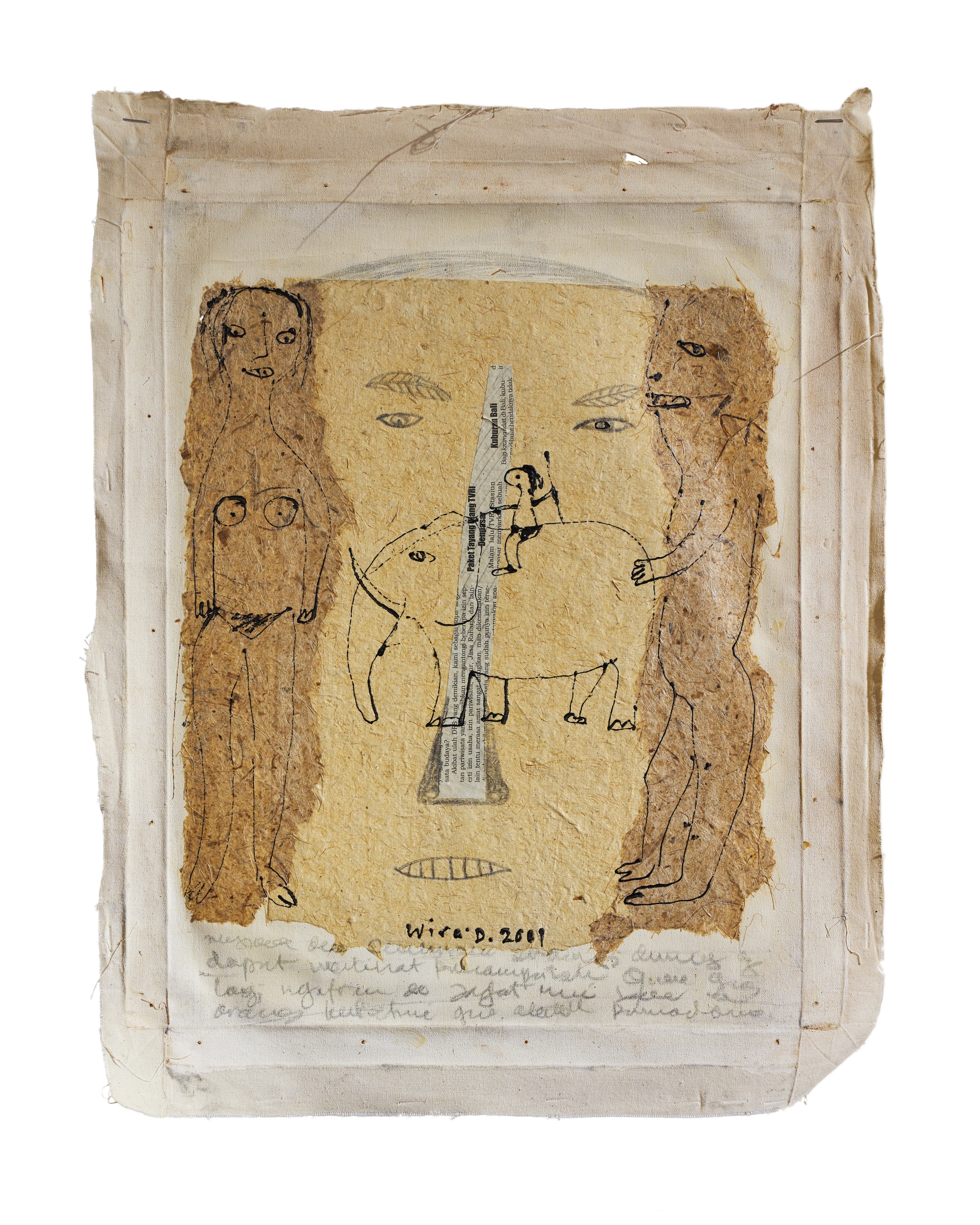
|
I MADE WIRADANA
Born in 1968, Denpasar, Bali, Wiradana often uses animals as his subject matter. The distorted shapes of these creatures present their own unique beauty and are typical of his works. Since 2000, Wiradana has shifted public attention towards exposing modern issues in his works. He soon penetrated into post - modernism, which led to his controversial “Wiradana’s end of 2001 declaration”. In this, he attempted to confront the problem of rejecting western aesthetics. This included refusing rational ideas about light, the use of media, and other visual aspects. He made a parody of western art and offered other meanings to long upheld conventions.
|
|
|
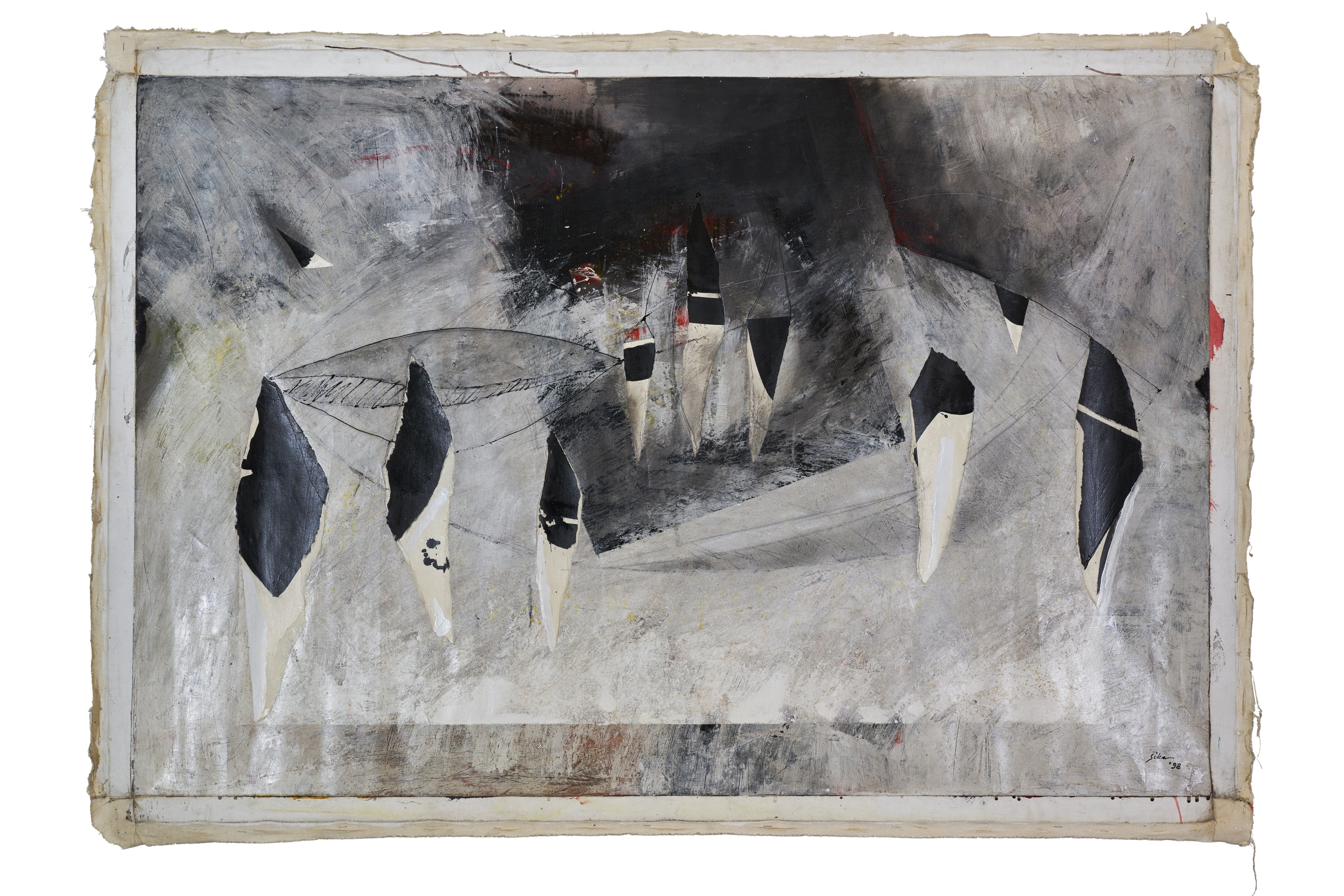
|
WAYAN SIKA
Born in 1949 in Silakarang, Gianyar, Bali, form and composition are essential to Sika’s abstract works, while balance and spirituality create deeper levels of meaning. The focus of Sika shifts from common representational forms and bold geometric patterns to the rich culture, religion, and philosophy of Bali. Sika was active in art education as well, he teaches in several school in indonesia and helped establish the contemporary Superior Indonesia Art Studio in 1970. Wayan Sika recently passed away at his home in in Sanggingan, Ubud.
|
|
|
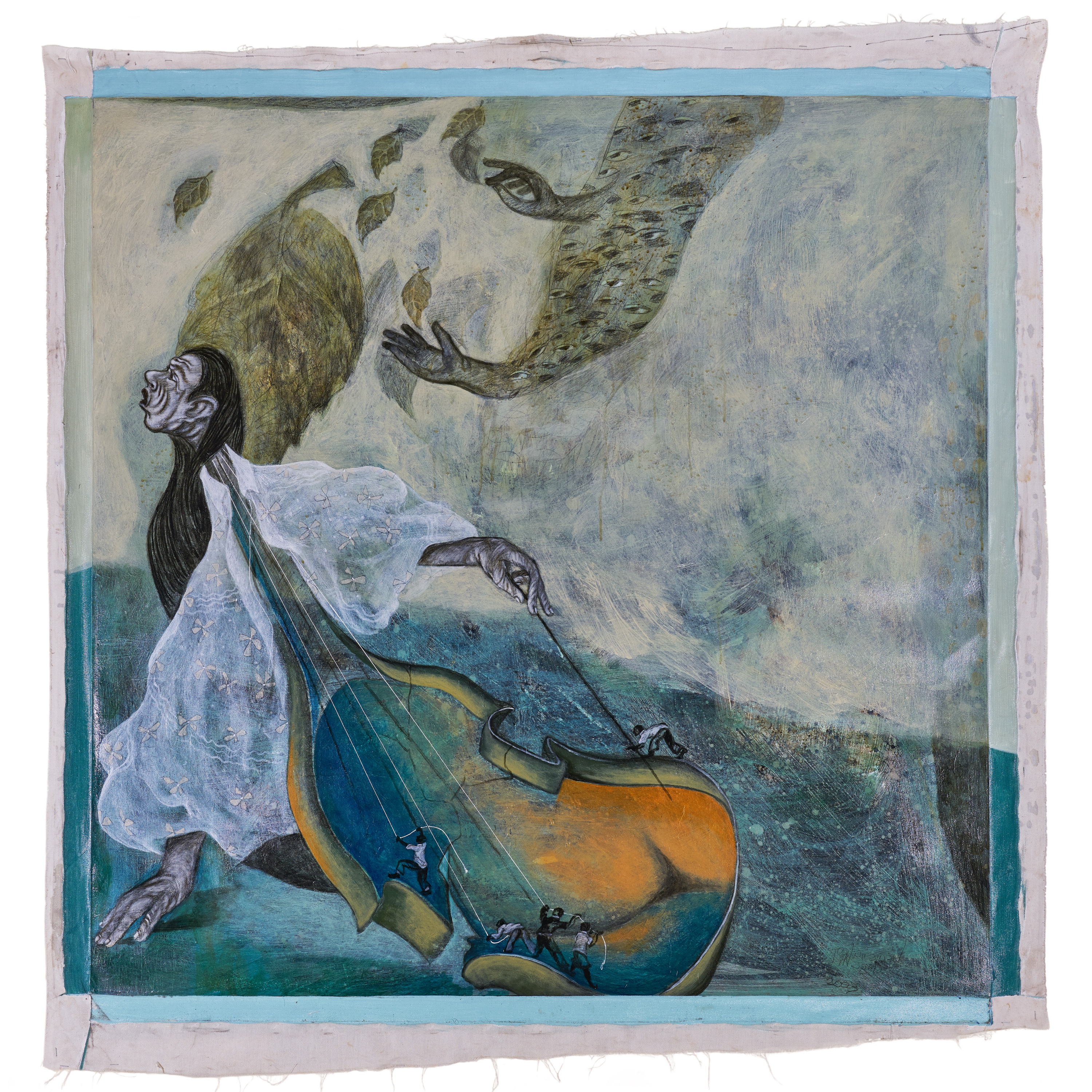
|
I WAYAN WIRAWAN
Born in 1975 in Sukawati, Gianyar, Bali. Wayan Wirawan is one of Bali’s leading contemporary artists, primarily a painter who initially trained in the Batuan style of painting. He has been a finalist in several award exhibitions, such as such as the Best Sketch and Water-Color Painting Awards from the Indonesian Arts Institute, and was one of the finalists in the Nokia Art Awards. Aside from painting Wirawan also works in carving, sculpture and installation.
|
|
